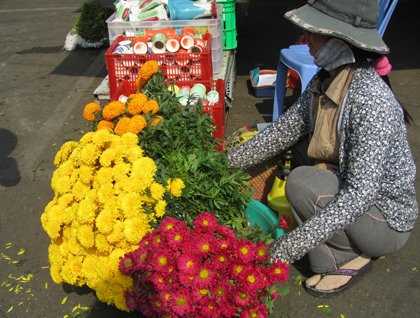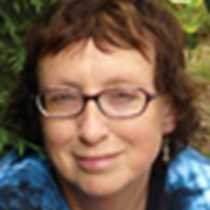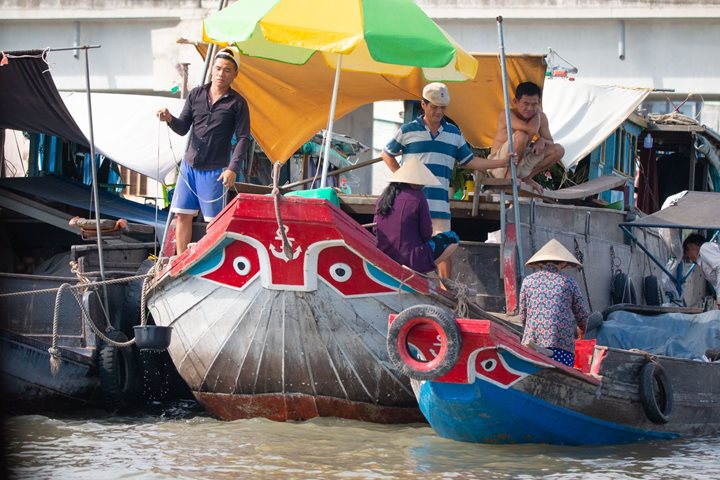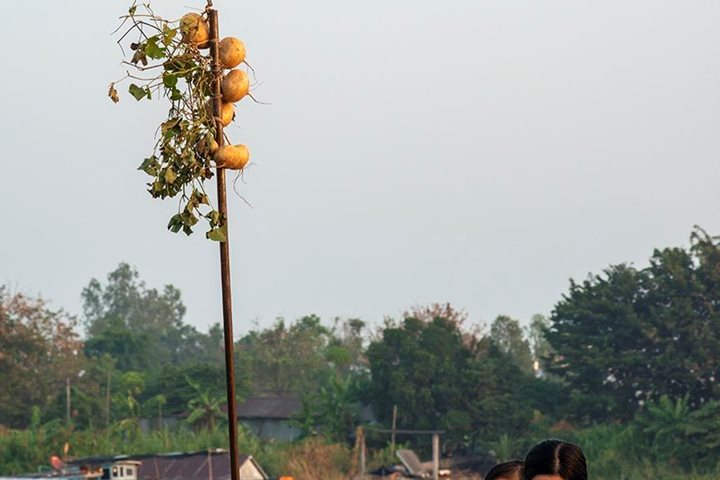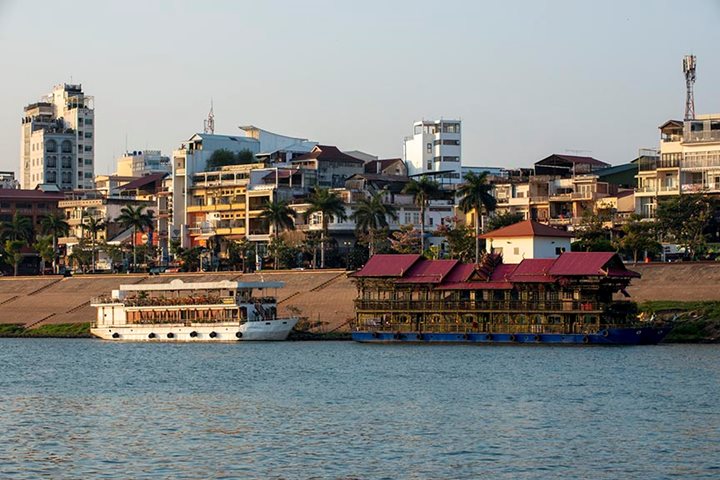Boats in all shapes and sizes are to be seen on the water this morning, transporting various kinds of produce to and from the wholesale floating market, each boat selling one particular fruit or vegetable.
Teak has always been the material of choice for boatbuilding, as it lasts anywhere from 30 to 60 years, but is not cheap. Every 1 ½ to 2 years, ships have to be hauled out of the water for maintenance: a new coat of varnish.
Out of the sampan and in, or rather on, the trishaw for a short tour of bustling Chau Doc is a fun way to get an impression of this city. Getting among the market stalls is a completely different sensory experience with the sounds of sellers repeating the price of their wares, the smell of fresh produce, and the sight of brightly coloured marigolds and chrysanthemums, some of the flowers required for Tet, the lunar New Year festival in a week’s time. Flower markets are extensive offering potted plants and the coveted apricot trees, leafless to force the flower buds to open in time.
Relative silence can be found in the ancestral temple on the corner of the market, where the daylight is filtered through the windows and decorative roof openings. Red is the auspicious colour of life and celebration and each altar and beam structure has been decorated with a glittering embroidered panel. In the back, costumes and masks are waiting for Tet and the exuberant and noisy performance of the lion and dragon dance.
Aquaculture is an important part of this morning’s program as we visit one of the many fish farms, where thousands of fish are raised, largely for export around the world, and as we listen to Max Seigal’s presentation about his research into sustainable lobster culture on Vietnam’s coast at beautiful Nathrang. Finding alternatives to feeding trash fish proved to be a challenge for the picky lobster, but co-culture with mussels seems to be a worthwhile solution to beat mortality rate and to improve the water quality.
While the afternoon cooking class is in progress with preparations of Khmer chicken amok and deep-fried Vietnamese spring rolls, we docked at an island for a visit of My An Hung village, walking among the pepper fields, peeking into some of the local houses and meeting some of the residents. We are offered a sampling of local fruits, boiled corn and hot tea, while we listen to the lamenting sounds of a Vietnamese instrument played by self-taught Mr. Lam, who is accompanied by his wife singing a local version of Vietnamese opera.

